Payment Receipt Samples
-
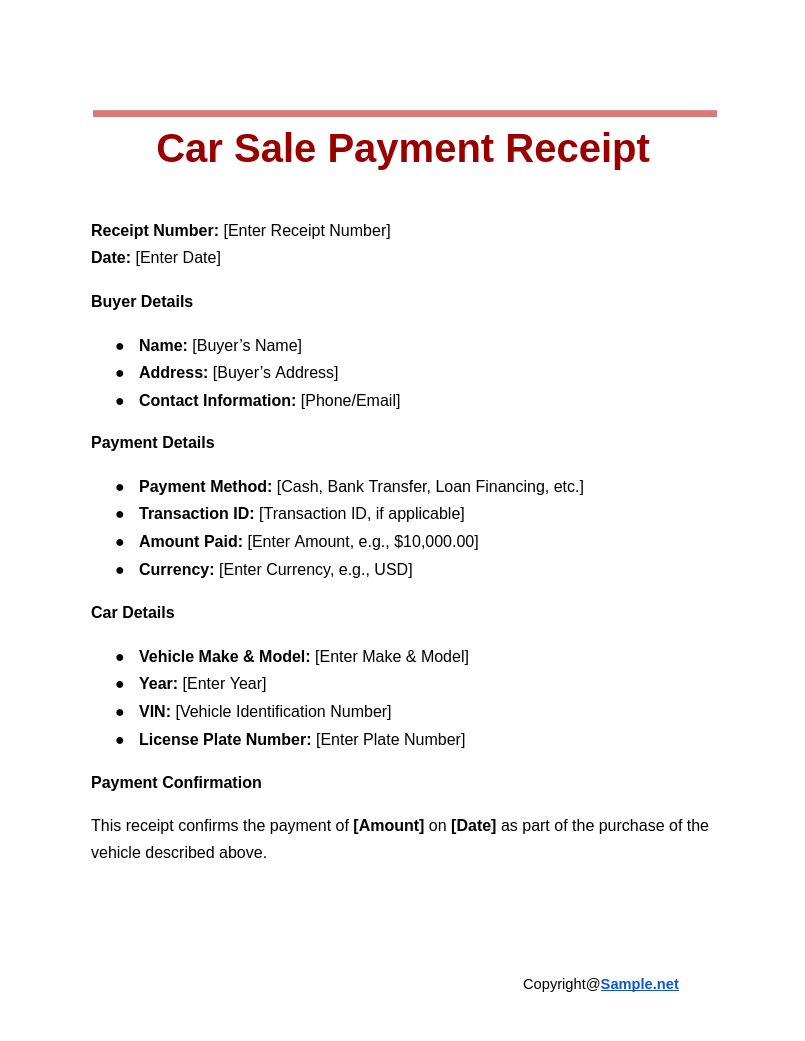
Car Sale Payment Receipt
download now -

Customer Payment Receipt
download now -

Property Tax Payment Receipt
download now -

Human Subject Payment Receipt
download now -
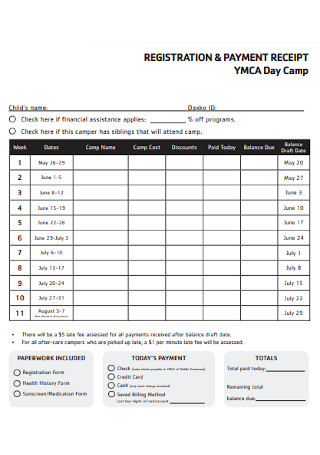
Registration and Payment Receipt
download now -
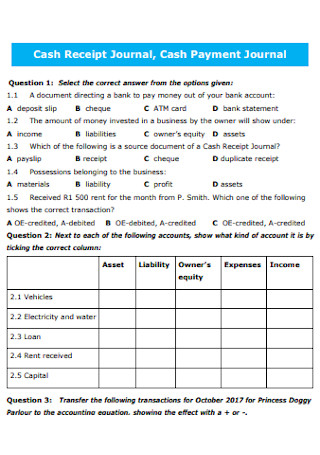
Cash Payment Receipt
download now -
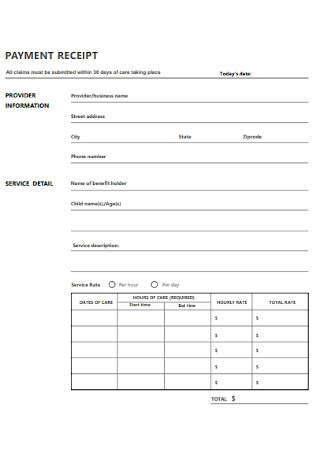
Sample Payment Receipt
download now -
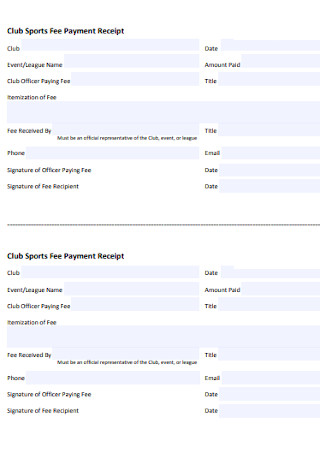
Club Sports Fee Payment Receipt
download now -
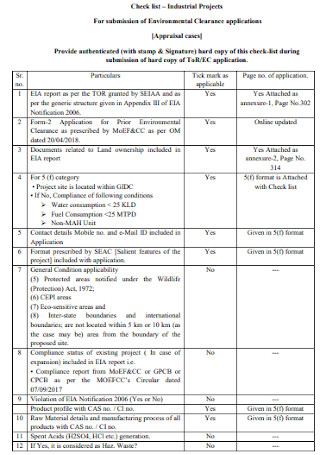
NET Payment Receipt
download now -
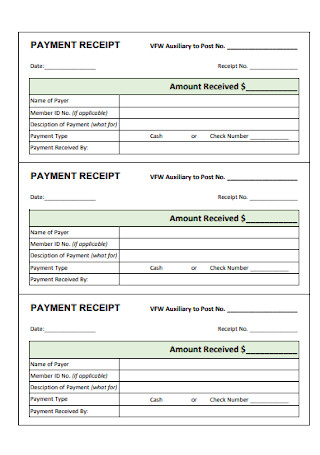
Basic Payment Receipt Template
download now -
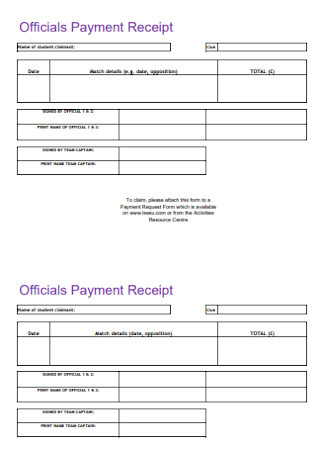
Officials Payment Receipt
download now -
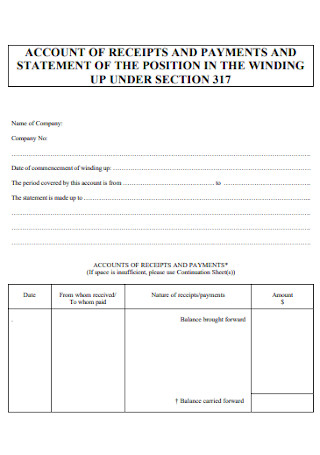
Account Payment Receipt Template
download now -

Contract Purchase Payment Receipt
download now -
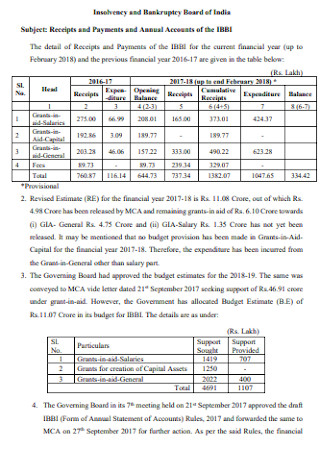
Annual Payment Receipt Template
download now -
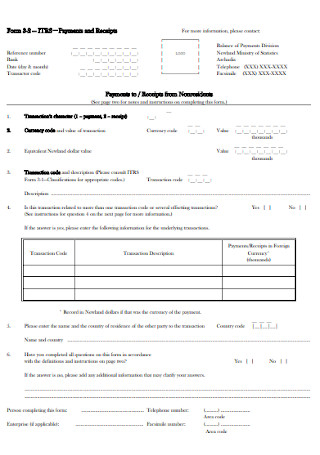
Payments and Receipts Form
download now -
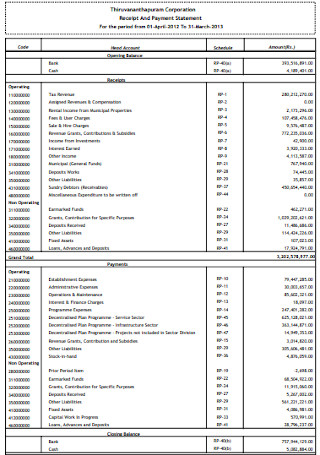
Corporation Payment Receipt
download now -
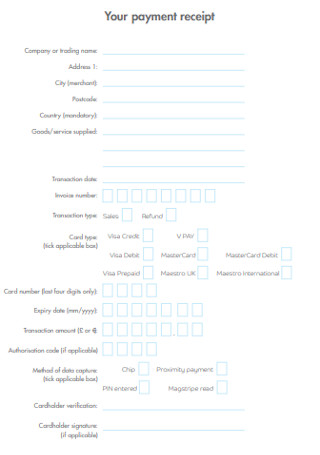
Payment Receipt Format
download now -
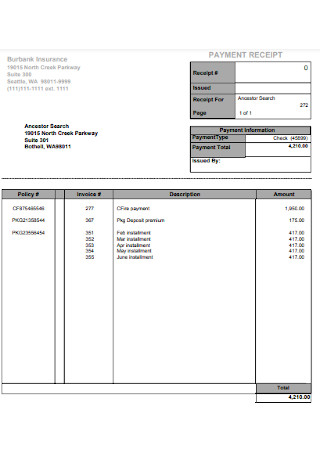
Insurance Payment Receipt
download now -
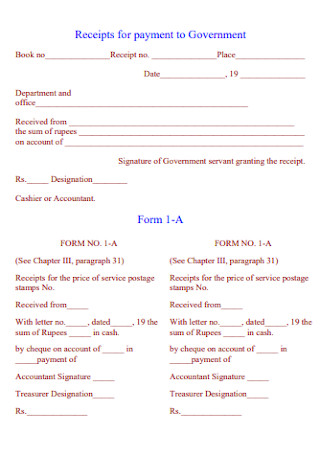
Receipts for Payment to Government
download now -

Final Receipt for Payment
download now -
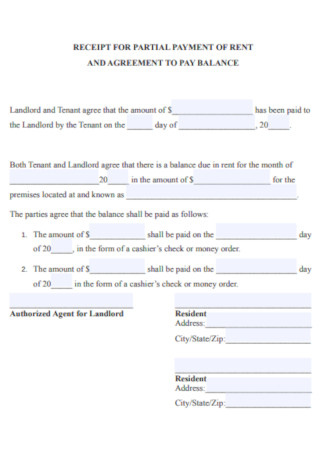
Rent Payment of Receipt
download now -
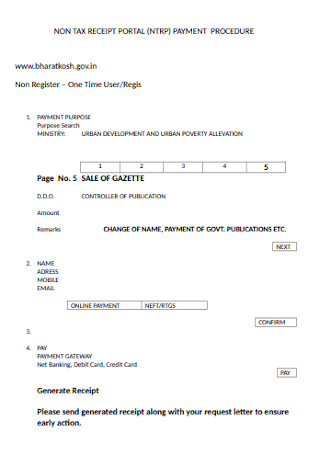
Tax Payment Receipt Template
download now -
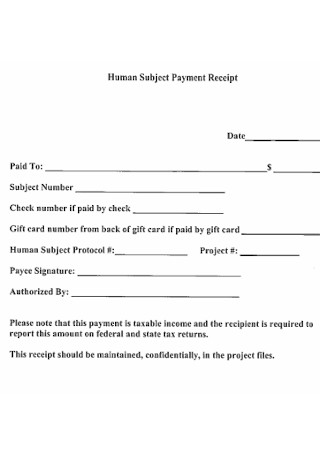
Human Subject Payment Receipt Template
download now -
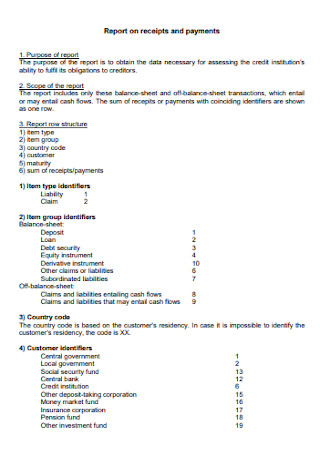
Report on Receipts and Payments
download now -
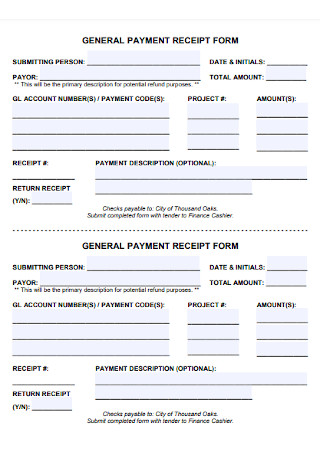
General Payment Receipt Form
download now -
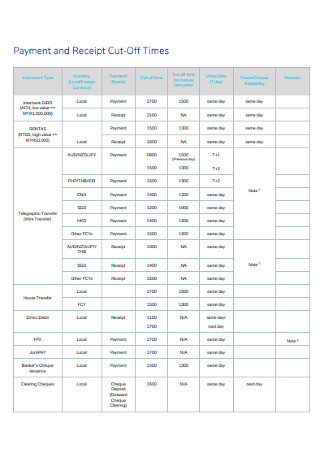
Payment and Receipt Cut-Off Times
download now -
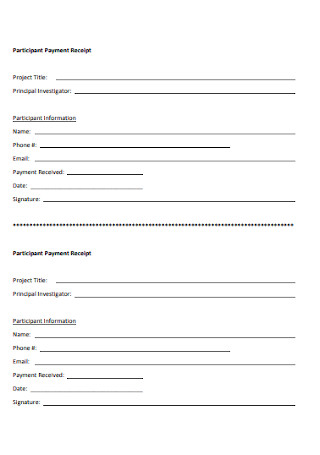
Participant Payment Receipt
download now -

Discharge for Payment Receipt
download now -
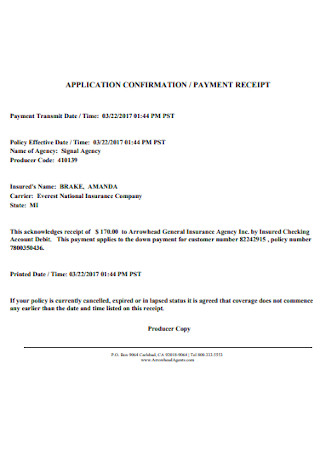
Payment Conformation Receipt
download now -
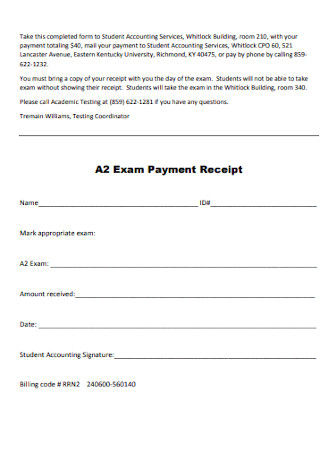
Exam Payment Receipt
download now -
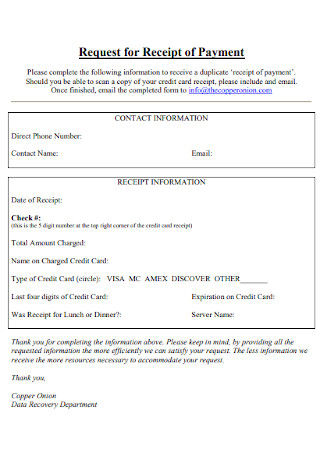
Request for Receipt of Payment
download now -
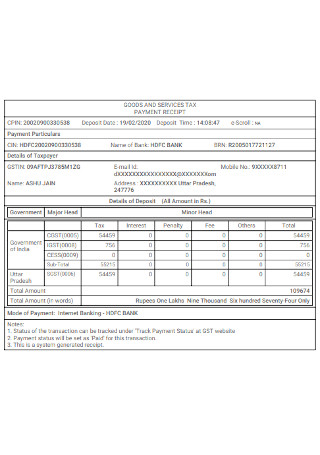
Goods Payment Receipt
download now -
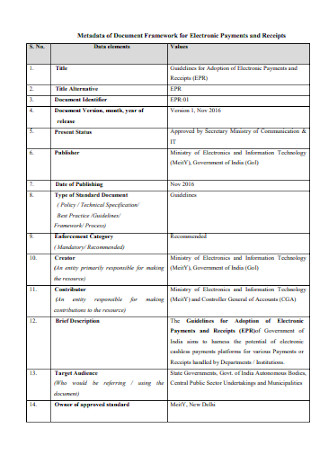
Electronic Payments and Receipts
download now -
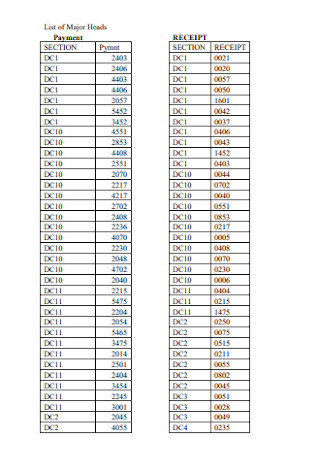
List of Payment Receipt
download now -

Card Payment Receipt
download now -

Additional Payment Receipt
download now -
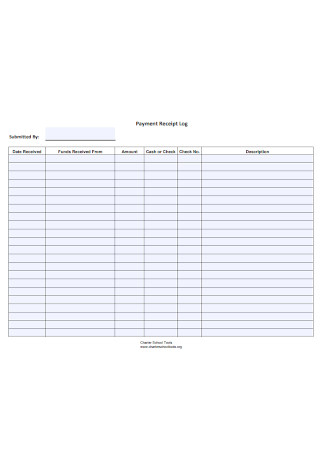
Payment Receipt Log Template
download now -
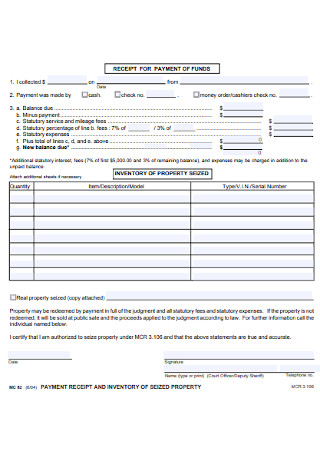
Receipt for Payment of Fund
download now -
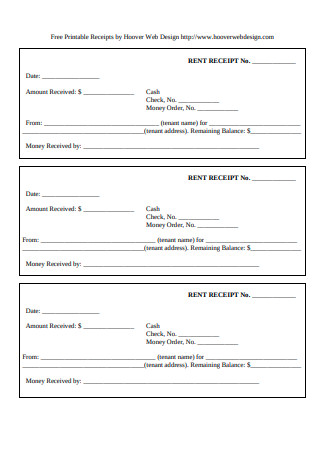
Printable Receipt for Rent Payment
download now -

Rent Payment Receipt Template
download now -

Bank Payment Receipt Template
download now -
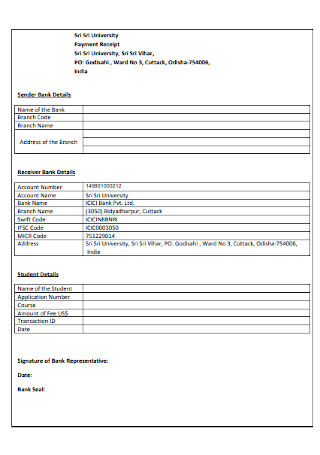
University Payment Receipt
download now -
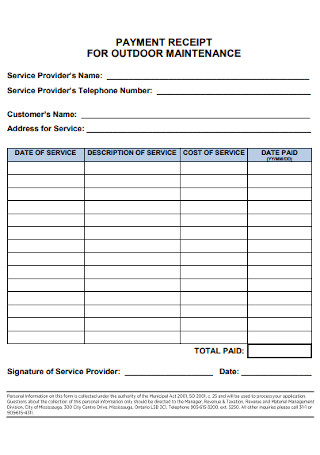
Payment Receipt for Outdoor Maintenance
download now -
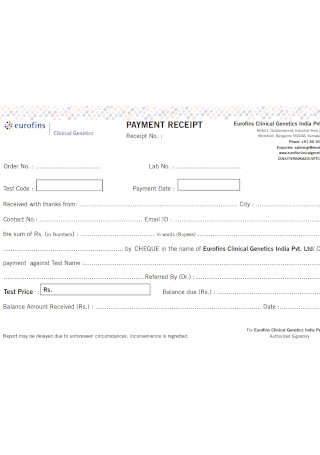
Simple Payment Receipt Template
download now -
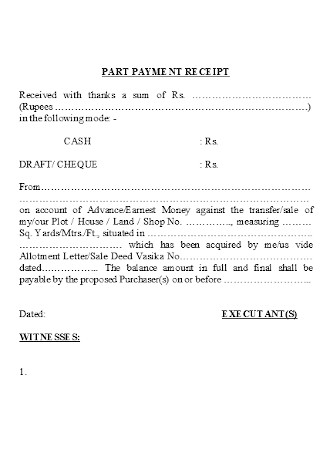
Part Payment Receipt Template
download now -
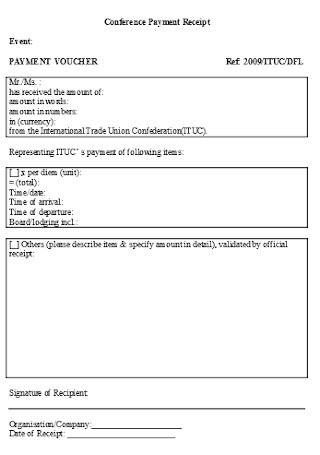
Conference Payment Receipt
download now
FREE Payment Receipt s to Download
Payment Receipt Format
Payment Receipt Samples
What is a Payment Receipt?
The Parts of a Standard Payment Receipt
How to Create a Proper Payment Receipt
FAQs
When do I provide payment receipts?
How do I give payment receipts?
What should be inside a basic receipt?
Can I use an invoice as a receipt?
What role does a payment receipt play in tax compliance?
What are the advantages of using digital payment receipts over manual ones?
How can businesses ensure the authenticity of payment receipts?
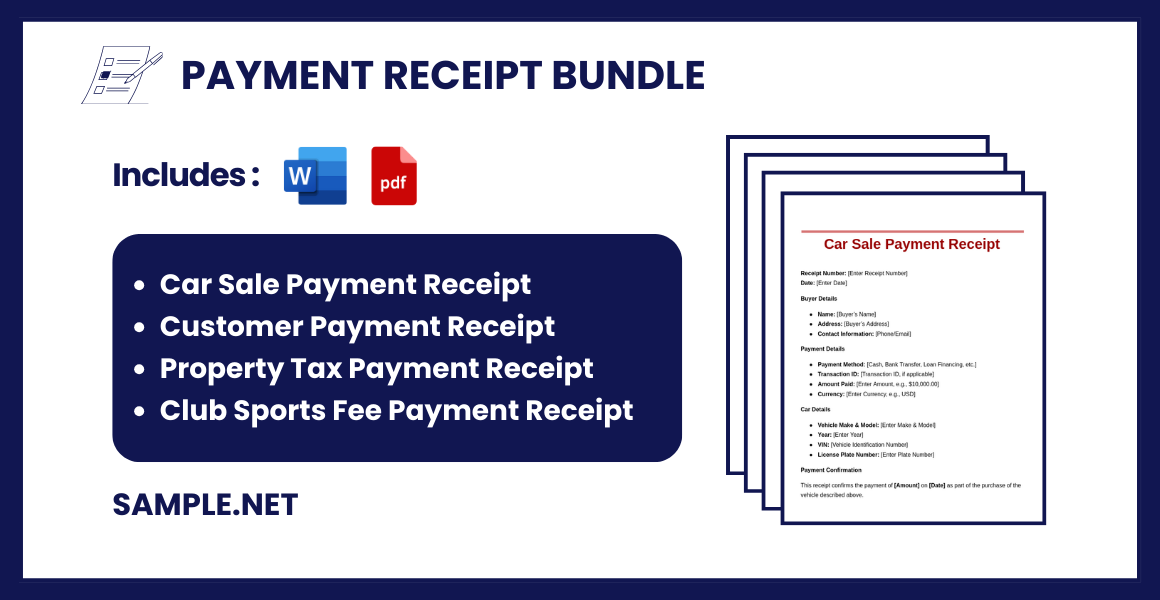
Download Payment Receipt Bundle
Payment Receipt Format
Receipt Number: [Enter Receipt Number]
Date: [Enter Date]
Payer Details
- Name: [Payer’s Name]
- Address: [Payer’s Address]
- Contact Information: [Phone/Email]
Payment Details
- Payment Method: [Cash, Credit Card, Bank Transfer, etc.]
- Transaction ID: [Transaction ID, if applicable]
- Amount Paid: [Enter Amount, e.g., $500.00]
- Currency: [Enter Currency, e.g., USD]
Service/Product Description
- Description: [Brief description of goods/services provided]
- Invoice/Order Reference Number: [Enter Reference Number]
Payment Confirmation
This receipt confirms the payment of [Amount] on [Date] for the above-mentioned goods/services.
Received By:
[Name of Receiver/Company Representative]
[Signature, if applicable]
What is a Payment Receipt?
A payment receipt is a document issued as proof that a payment has been received by a seller or service provider. It outlines the key details of the transaction, including the payer’s and payee’s information, the amount paid, and the payment date. Payment receipts are often used in business to maintain records and settle disputes. These sample receipts can be generated manually or electronically, depending on the transaction method.
The Parts of a Standard Payment Receipt
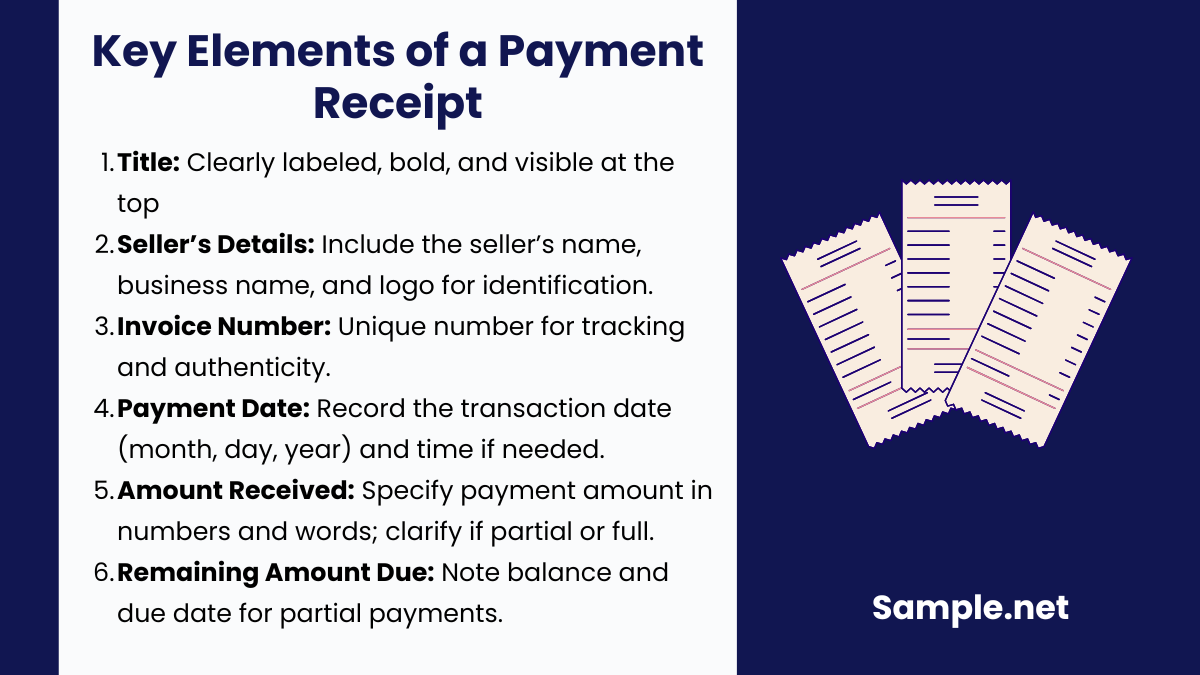
There is no official rule that specifies what a payment receipt’s information should contain. That is because anyone can personalize it and edit what detail to add is necessary or not. But generally, there the typical parts seen in a payment receipt contain the following:
How to Create a Proper Payment Receipt

A payment receipt’s definition, purpose, and parts are easy to comprehend. But the challenge lies in ensuring you come up with an excellent payment receipt in the first place. Not to worry because we will guide you in creating a proper payment receipt shortly. How do you do that? Just follow these five basic steps:
Step 1: Specify the Payment’s Purpose
Yes, a payment receipt signifies that there is payment involved in the process. But what is the payment exactly for? Payments can be processed in a restaurant, hospital, real estate, rent, etc. Whatever the purpose is, it should be specified for clarity. That way, you would know how to tailor the payment receipt’s appropriate structure and content. Being very specific is crucial in receipts anyway like if payment is done in cash or not, or perhaps if the payment is still a partial down payment or in full. Note it down. You can also see more on Money Receipts.
Step 2: Use a Sample Template
Without our sample payment receipt templates, you would have to undergo more steps to create the receipt. Thankfully, our templates are premade so you only focus on the finishing details. Choose from our sample templates above until you can edit and fill in the details of your preferred payment receipt template. At least you can decide the changes to apply instead of adjusting only to the document you received. And expect each template to be easy to use for your convenience.
Step 3: Insert the Parts of a Payment Receipt
If you can recall the parts of a standard payment receipt that were discussed earlier, then you would know that there are some elements to expect in such a receipt. From the title down to the amount due, be sure you have such parts in your payment receipt. The receipt might fail to work as an acknowledgment of payment if it lacks the important elements. Do not forget to arrange per element appropriately instead of just laying out the details pronto. How you present the whole information matters a lot. You can also see more on Collection Receipts.
Step 4: Customize the Format and Design
You have to be very sure of the design and the format of your receipt. Besides settling with our printable receipts, you can also go for soft copies in PDF or MS Word. It would be easy and convenient to send receipts as an online letter or email anyway rather than always printing them. You can even alter the document’s size, content, and so much more since the available templates are customizable. Feel free to explore its editable features until all your preferences will take into effect.
Step 5: Keep Extra Copies
It is pointless to only work hard in giving a single copy to a customer in a payment receipt. What about the seller’s copy? And what if the customer loses that receipt too? Ensure that proof will never be lacking by keeping extra copies ahead. Bear in mind that you might need to check back into previous receipts for tracking purposes someday. Or better yet, find a way to make the tracing experience easy in terms of tracking receipts. A tip is to incorporate mobile app scanners and physical scanners in the process. Most importantly, keep those copies secure so you will never lose them. You can also see more on Payroll Receipts.
Payment receipts are indispensable in maintaining transparent and professional financial transactions. They act as proof of payment, support record-keeping, and enhance trust between parties. Businesses and individuals alike benefit from using well-structured receipts to ensure clarity in monetary dealings. Leveraging digital tools to create and store receipts further streamlines processes and minimizes the risk of disputes.
FAQs
When do I provide payment receipts?
You only give a payment receipt when a customer has actually paid for something, whether the transaction is in full payment or via layaway. Do not give payment receipts without a successful payment because that is already another type of receipt. You can also see more on School Receipt.
How do I give payment receipts?
Payment receipts can be given in printed form or via soft copy. Besides printed receipts, you can always go for emails in PDF or MS Word, perhaps. What matters most is that such documents are really given after a certain payment has been made. You can also see more on School Fee Receipt.
What should be inside a basic receipt?
Any receipt often contains the transaction information with the company or seller’s name, contact details, date of transaction, the amount paid, the number of products and services, product descriptions, and the corresponding prices of such items.
Can I use an invoice as a receipt?
No, invoices and receipts are different; do not interchange them. The invoice generally requests for payment while the receipt marks as the proof of such payment. And that explains why clients receive invoices before actually paying for goods or services and that the receipts come after the payment. You can also see more on Investment Receipts.
What role does a payment receipt play in tax compliance?
Payment receipts serve as documentation for income and expenses, which are crucial for accurate tax filing and audits. They act as proof of financial activity.
What are the advantages of using digital payment receipts over manual ones?
Digital payment receipts are easier to generate, store, and share. They reduce paperwork, minimize errors, and are environmentally friendly compared to manual receipts.
How can businesses ensure the authenticity of payment receipts?
To ensure authenticity, businesses can use secure receipt-generation software, include unique receipt numbers, and maintain a centralized record-keeping system. You can also see more on Purchase Receipts.
